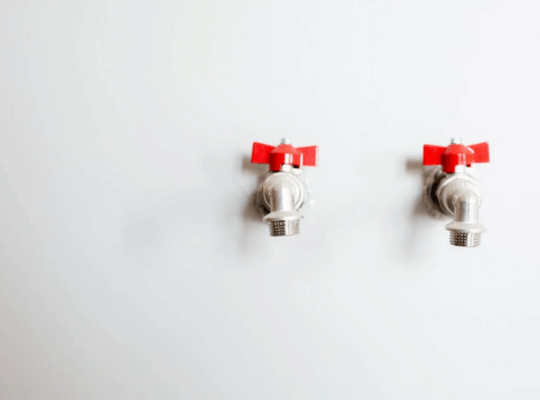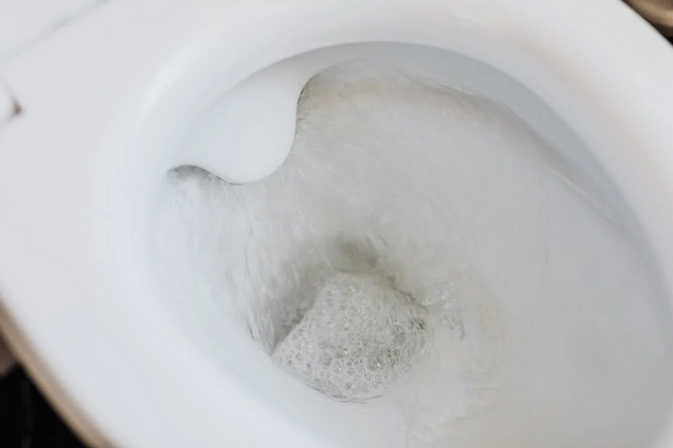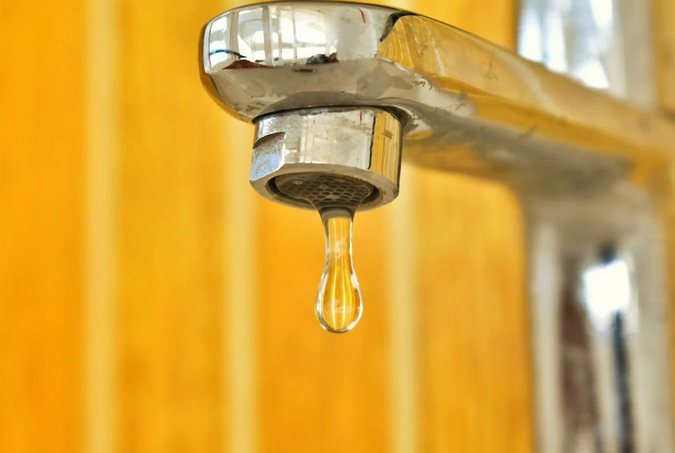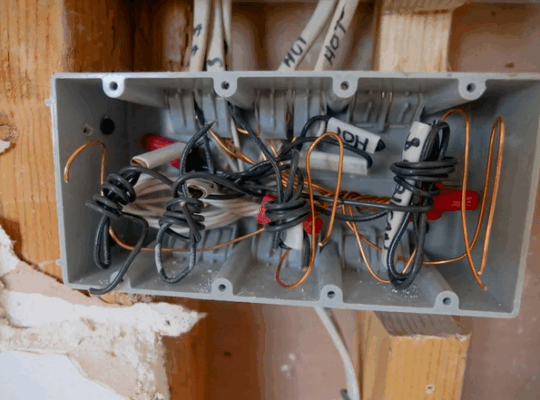
Electrical repairs used to be the domain of electricians and seasoned handymen. But these days, more homeowners are handling light fixes themselves, thanks to smarter, safer tools. If you’ve ever stared at tangled wires and felt like you were disarming a bomb, you need a guide to solderless wire connectors. It introduces a far less intimidating method: no heat guns, no soldering iron, and no cursing under your breath while juggling too many tools. Let’s cut through the noise and get to what actually works inside your home.
What Makes Solderless Connectors a Game Changer

You’re replacing a light fixture. You’ve got wires. You’ve got zero patience. Solderless wire connectors take away the stress. Just insert the wires, twist or press, and done. It’s like Lego for grown-ups, if Lego prevented electrical fires. Traditional soldering demands tools, time, and a certain level of fearlessness. Not here. These connectors skip the mess, the burns, and the “wait, did I turn off the breaker?” moments. They’re especially helpful in tight spaces.
Safety Without the Sweat
 Electrical work isn’t something to treat lightly. But that doesn’t mean it has to be scary. Solderless connectors minimize risk. They don’t rely on exposed flames or hot tips. That alone cuts down potential hazards. For anyone with curious kids or a cat that loves to knock things over, this is a plus. Also, good connectors maintain a firm grip on your wires, so you won’t have to worry about flickering lights or sudden outages. Peace of mind goes a long way when you’re halfway through a movie and the power cuts out.
Electrical work isn’t something to treat lightly. But that doesn’t mean it has to be scary. Solderless connectors minimize risk. They don’t rely on exposed flames or hot tips. That alone cuts down potential hazards. For anyone with curious kids or a cat that loves to knock things over, this is a plus. Also, good connectors maintain a firm grip on your wires, so you won’t have to worry about flickering lights or sudden outages. Peace of mind goes a long way when you’re halfway through a movie and the power cuts out.
Perfect for Small Fixes Around the House
Let’s be real. Most home electrical needs aren’t industrial. You’re likely installing a ceiling fan, fixing an outlet, or rewiring an old lamp you found at a flea market. For these kinds of tasks, solderless options make more sense. You don’t need to build a spaceship. You just want your kitchen light to work without shocking yourself. And let’s face it, calling an electrician for a 10-minute fix can feel like hiring a chef to butter your toast. With these connectors, you take control.
Wiring Doesn’t Have to Feel Like Defusing a Bomb
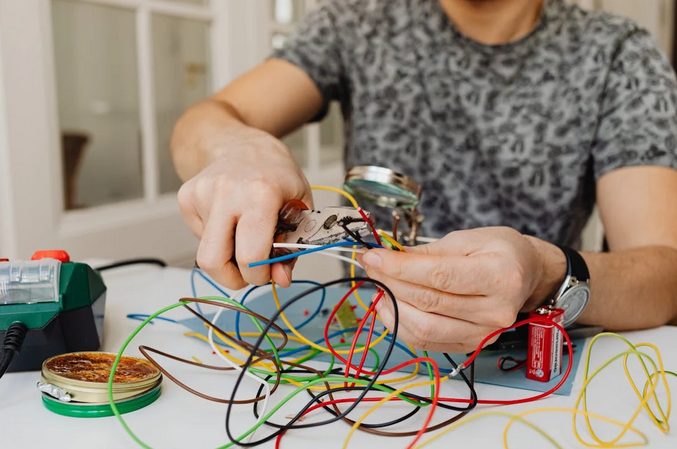
Most of us didn’t grow up reading circuit diagrams for fun. So trying to repair wiring can feel like stepping into unfamiliar territory. The less time spent fiddling, the better. Solderless connectors simplify the process to something even non-techy folks can handle. If you can use a stapler, you can connect wires with these tools. No degrees in electrical engineering are required. No burned fingers. Just smart, functional gear. So next time you’re tempted to duct tape a connection (we’ve all been there), stop. Grab a proper connector.
Modern homes are getting smarter. Your tools should too. With solderless wire connectors, you get a solution that’s fast, secure, and genuinely helpful, especially for home projects that fall into the “I’ll just do it myself” category. If you’ve got wires to connect and zero interest in drama, these might just be your new best friend.
